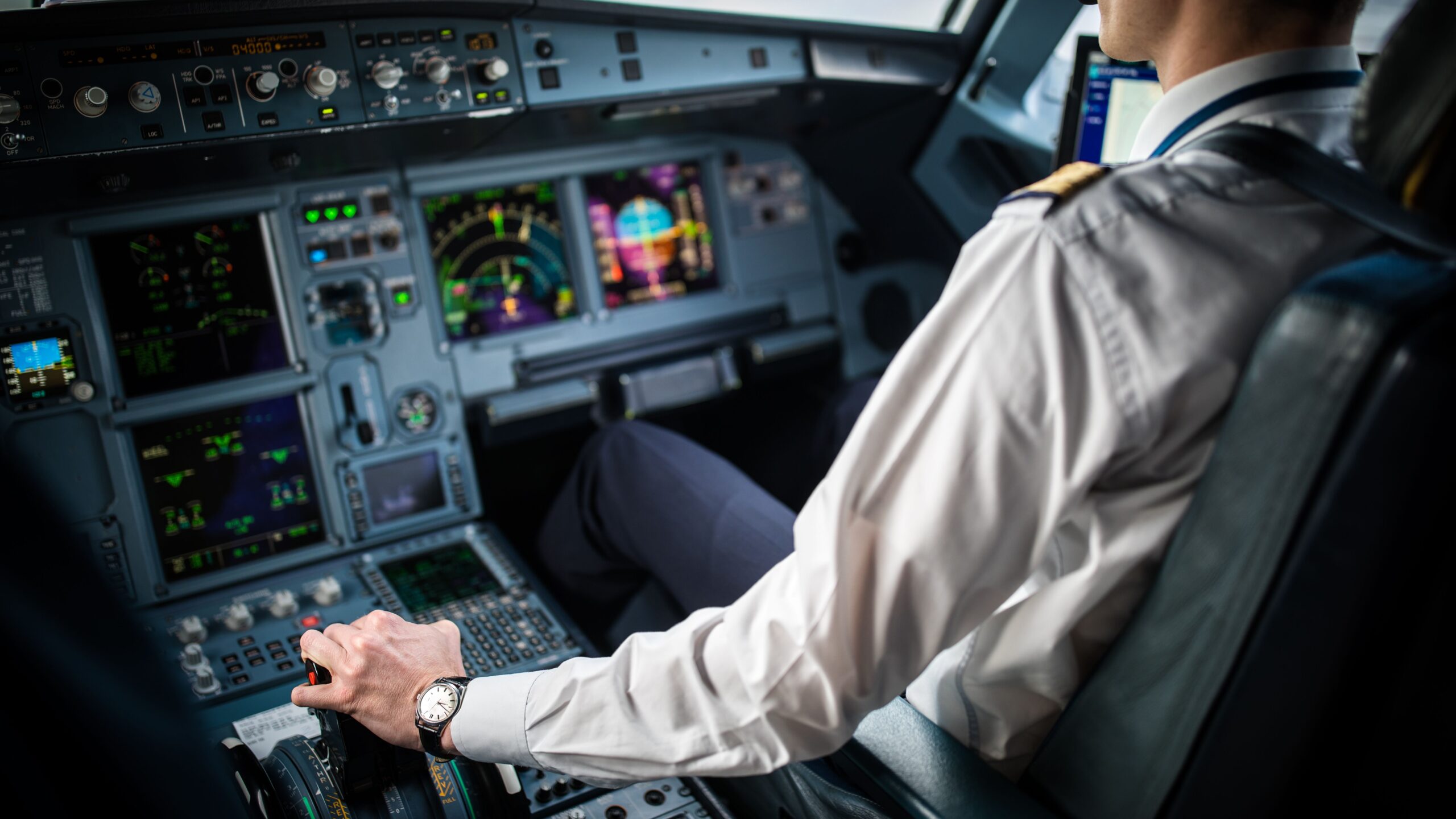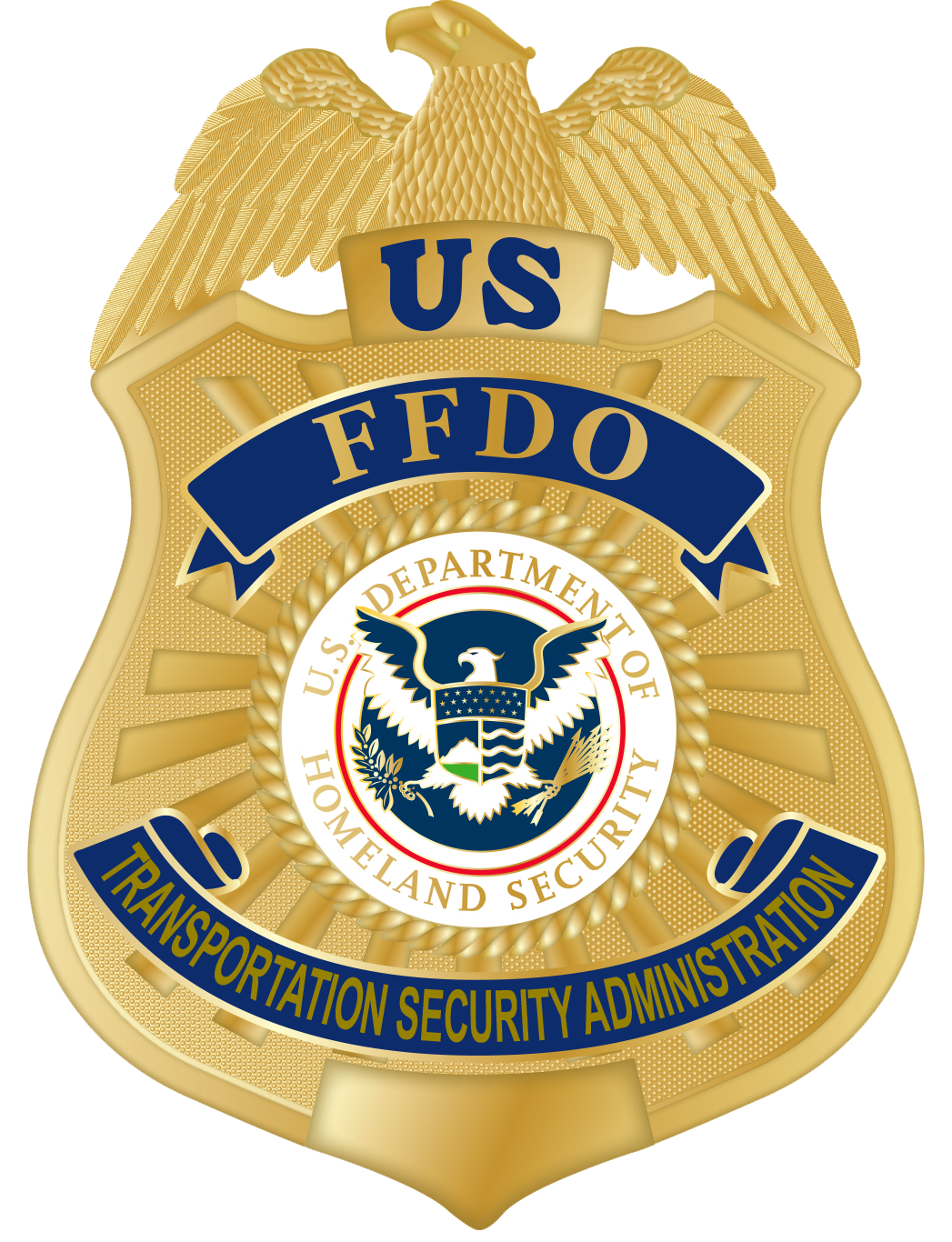Armed officers onboard commercial flights are not an uncommon security practice. Many countries assign plain-clothed air marshals on flights deemed “high-risk” based on location, time, or if they’re carrying passengers on watch lists.
The most prominent example of this practice would be EL AL Airlines, which places at least one air marshal onboard every flight. However, you may not know that some US pilots are authorized to carry a concealed weapon as part of the Federal Flight Deck Officer (FFDO) program.
Inception of the program
The Federal Flight Deck Officer program was set up in the wake of the events that took place on September 11th, 2001. It allows flight crew an option to receive specialized training and carry a handgun onto a plane after going through the prerequisite training. The US Department of Homeland Security states,
“Under this program, TSA deputizes qualified volunteer pilots and flight crew members of passenger and cargo aircraft as law enforcement officers to defend the flight deck of aircraft against acts of criminal violence or air piracy.”
Photo: TSA
It may seem unnecessary to some since professional air marshals are deployed at the government’s discretion. However, since 9/11, a US plane has never been sabotaged, and the cost of assigning an air marshal to a flight is estimated to be around $3,000. Since the FFDO program is voluntary, the cost per flight sits just above $24, providing a much more cost-effective platform to keep the skies safer.
How would someone become an FFDO?
To apply for the FFDO program, you need to be a US citizen who is a current commercial or cargo pilot, flight engineer, or flight navigator with a proper medical certificate. If accepted into the program, flight crew members must attend a five-day training course in Artesia, New Mexico, in addition to bi-annual firearms requalifications. While the government pays for all training and distributed firearms, participation usually requires pilots to take time off work and acknowledge that their salary will not increase.
Selected pilots undergo classroom training, marksmanship practice, and situational defensive tactics. However, it’s important to note that in most cases, jurisdiction is limited to the flight deck, and FFDOs are to keep their firearms locked away otherwise.
Should passengers be concerned?
Each year, hundreds of qualified pilots are accepted into the program. Perhaps the most important data to analyze is whether the program has led to subsequent incidents. Besides an accidental discharge in 2008, not a single bullet has ever been fired on a plane by an FFDO. In the case of the stray fire, no one onboard was injured, although the plane’s fuselage suffered a bullet hole and had to be grounded for repairs.
However, a recently reported incident has put the FFDO program back into the public eye. In August 2022, a Delta Air Lines pilot flying as first officer threatened to shoot the captain if the aircraft – operating an unspecified domestic route – were to be diverted due to an onboard medical emergency. It took over a year for this incident to make public news, with the accused – Jonathan J. Dunn – facing a felony charge of interference with a flight crew.
What’s your take on this? Would you feel more or less safe knowing your pilot could be carrying a firearm? Let us know in the comments below.

